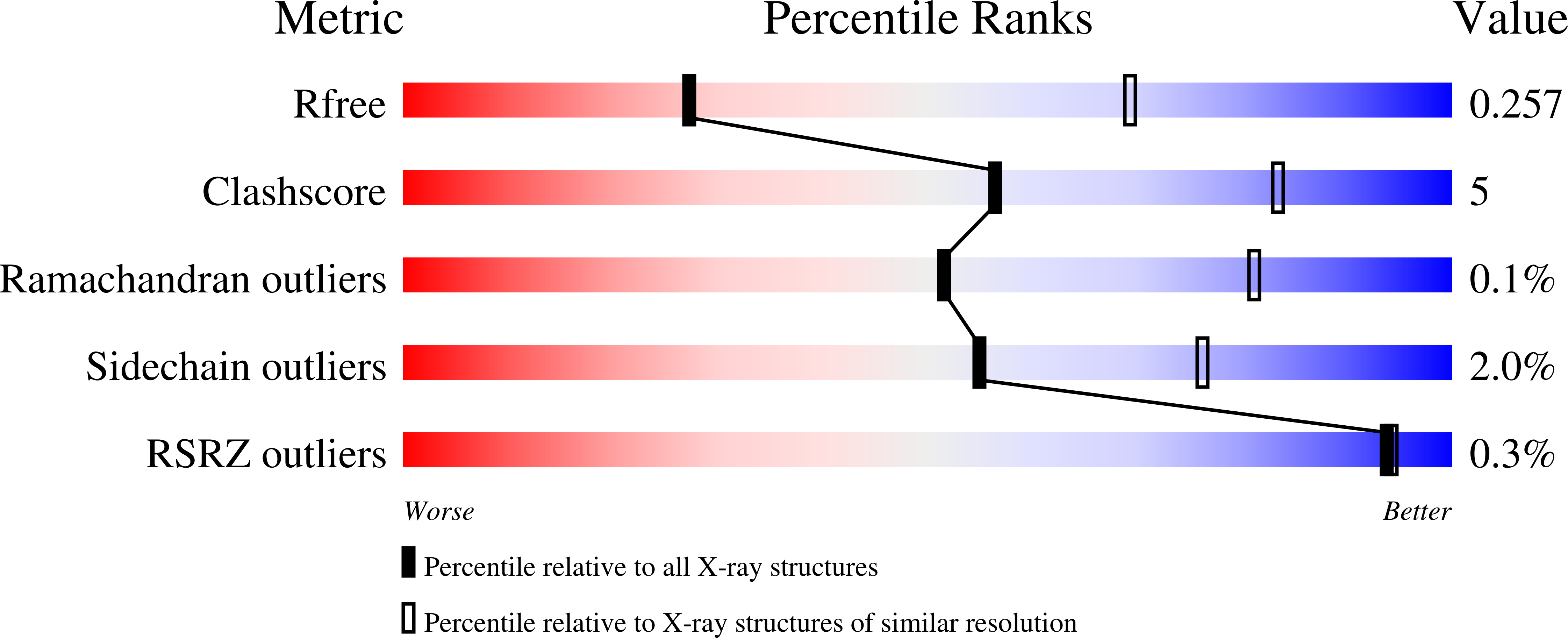
Deposition Date
2021-10-18
Release Date
2022-09-28
Last Version Date
2024-11-06
Entry Detail
PDB ID:
7Q15
Keywords:
Title:
Crystal structure of FcRn and beta-2-microglobulin in complex with IgG1-Fc-MST-HN (efgartigimod)
Biological Source:
Source Organism:
Homo sapiens (Taxon ID: 9606)
Host Organism:
Method Details:
Experimental Method:
Resolution:
3.30 Å
R-Value Free:
0.23
R-Value Work:
0.20
R-Value Observed:
0.20
Space Group:
P 1 21 1


